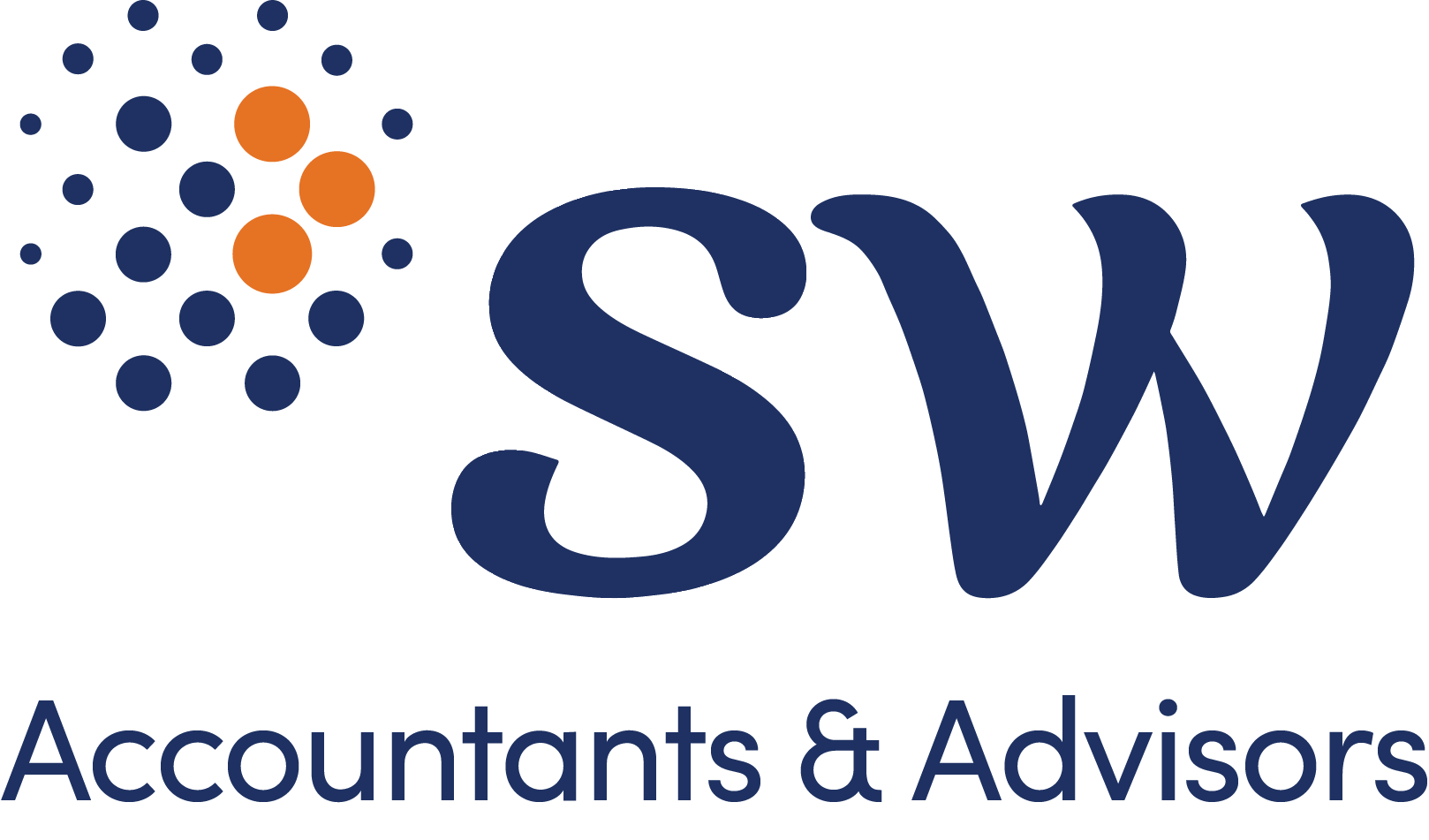
Windfall gains tax
14/10/2021
After being deferred 12 months from the original Victorian Budget announcement, the windfall gains tax (WGT) will come into effect on 1 July 2023. This applies to uplifts in land value resulting from amendments to planning schemes that take effect on or after 1 July 2023 and is payable by the owner of the land when the liable rezoning occurs.
Threshold and rate
WGT only applies to aggregate taxable value uplifts in in excess of $100,000.
| Taxable value uplift | Rate of WGT |
|---|---|
| Less than $100,000 | Nil |
| $100,000 – 500,000 | 62.5% |
| > $500,000 | 50% |
Grouping and aggregation provisions apply so that the $100,000 threshold applies to the aggregate of all properties owned by the same owner or group of owners that are rezoned under the same planning scheme amendment.Excluded rezoning
Excluded rezoning includes the following:
- a rezoning between schedules in the same zone
- a rezoning that causes land to be brought within the Growth Area Infrastructure Contribution (GAIC) area within the Planning and Environment Act 1987
- the first rezoning after 1 July 2023 of land that was in the GAIC contribution area immediately before that date
- a rezoning that causes land to be included a public land zone, or that causes land that was in a public land zone to be in a different public land zone.
Transitional measures
WGT will not apply where:
- a sale of land was negotiated prior to announcement on 15 May 2021 where the sale is completed after the rezoning. This is to recognise that parties would not have anticipated this tax when negotiating the terms of the deal
- an option to purchase land was entered into before 15 May 2021 where either:
- the option has not been exercised before the rezoning
- the option has been exercised but the contract of sale has not been completed before the rezoning.
The terms of the contract of sale must have been settled at the time the option was granted. A right of first refusal or similar options where the price and other terms of the sale have not been settled is not covered.
Uplift in value
The taxable value uplift is the difference in the capital improved value (CIV) of the land immediately before and after the rezoning takes effect (CIV2 – CIV1).
The uplift is less any deductions to be prescribed by the regulations. It is not known at this stage what deductions might be prescribed.
The former value (CIV1) is the most recent valuation in force for the land while the latter (CIV2) is determined through a supplementary valuation certified by the Valuer-General. The supplementary valuation values the land as at the same date as CIV1, but as if the rezoning was in place at that time. In this way, it only captures the value uplift arising from the rezoning.
Multiple occupancies/titles
Land is based on a single title.
If land has been valued based on multiple occupancies, the Commissioner may determine the value of the land by adding the various occupancy valuations relating to that land.
Where an occupancy spans more than one title, the occupancy valuation can be apportioned to obtain a valuation of the land (i.e. the land on each title).
Grouping
Broad grouping provisions apply with grouping of corporations based on the grouping provisions in the Land Tax Act 2005. These include related companies and companies subject to common control.
Land held on Trust
If land is held on trust, the trustee is to be assessed for windfall gains tax on the aggregated taxable value uplift of all the land that is subject to each separate trust. However, related trusts are grouped.
Trusts are related trusts if the same person or persons have a controlling interest in each trust.
A person or persons together control a trust if they have:
- the ability to control the appointment of the trustee
- an entitlement to more than 50% of the income or capital of the trust.
In the case of a discretionary trust the Commissioner may determine that a person is, or persons together are, entitled to more than 50% of the income or capital.
Deferral of liability
The WGT becomes payable when the rezoning takes effect under the Planning and Environment Act 1987.
The owner may elect to defer up to 100% of the payment for up to 30 years. Interest accrues at the 10-year bond rate applying from time to time.
Unpaid or deferred WGT will constitute a first charge on the land, and the WGT liability will be included on property clearance certificates issued under the Taxation Administration Act 1997.
The deferral will generally cease when a dutiable transaction occurs under the Duties Act, such as transfer of the land, or a relevant acquisition in a landholder. Where there is a relevant acquisition in a landholder, 100% of the WGT becomes payable although the interest acquired in the landholder may be as low as a 20% interest.
Deferral will not cease if an excluded dutiable transaction occurs including:
- the acquisition of an economic entitlement in relation to land under the Duties Act 2000
- a transfer to a legal personal representative of a deceased
- a no consideration transaction where the transferee elects to assume the liability to pay the whole of the deferred windfall gains tax and any accrued interest payable
- a relevant charitable land transaction where the transferee charity elects to assume the liability.
A no consideration dutiable transaction means one where there is no monetary or non-monetary consideration. The election must be made on or before the date of completion of the dutiable transaction.
Subdivided land
If land that is subject to deferred WGT is subdivided, the tax and interest are rolled over to each child lot created by the subdivision. The liability of the parent title is apportioned to each child lot by reference to the size of all lots created by the subdivision. The whole liability that the parent title was subject to is apportioned only to the lots created by the subdivision. No liability is attributed to areas contributed to public land, roads, reserves or common property.
Exemptions
Residential land
Up to 2 hectares of residential land on single title (including primary production land with a residence) is exempt from the WGT, regardless of whether it is a principal place of residence.
Residential land is land that has a building that is designed and constructed primarily for residential purposes. It also includes land where a residence is being constructed.
Primary production land with a residence on it or where a residence is being constructed or renovated is residential land, notwithstanding that the primary use of the land is primary production. However, only land on the single title with the residence is residential land.
Residential land does not include commercial residential premises, a residential care facility, a supported residential service or a retirement village.
If the residential land (on one or more titles) exceeds 2 hectares, the WGT is assessed on the land on each title based on an adjusted taxable value uplift calculated in accordance with a formula. This spreads the benefit of the 2 hectare exemption across all titles by reducing the taxable value uplift of each title in proportion.
Charities
Charities will not pay any WGT on land they own that has been rezoned, so long as the land is used and occupied by a charity exclusively for charitable purposes for 15 years after the rezoning.
Errors
Rezoning to correct errors in the Victoria Planning Provisions or a planning scheme is exempt.
Rezoning already commenced
Exemption applies where the owner of land can establish to the Commissioner’s satisfaction that the owner requested the planning amendment before 15 May 2021, the request was created and registered in the Amendment Tracking System by the council before 15 May 2021, and the owner of the land incurred costs above a threshold amount (see below).
An exemption also applies where the owner requested the Planning Minister to make the planning amendment before 15 May 2021, the Minister agreed before 15 May 2021 to prepare the amendment, and the owner of the land had incurred costs above the threshold amount.
The threshold amount means the lesser of:
- 1% of the capital improved value of the land immediately before the WGT event
- $100 000.
Note that the costs must have been incurred by the owner. It would not appear to cover costs incurred by a developer, where the developer incurs costs relating to land subject to an option or a conditional contract.
How SW can assist
If you believe that you will be affected by the WGT or have any questions on how to navigate these changes, please contact us – either your usual SW contact or any of our experts below.


